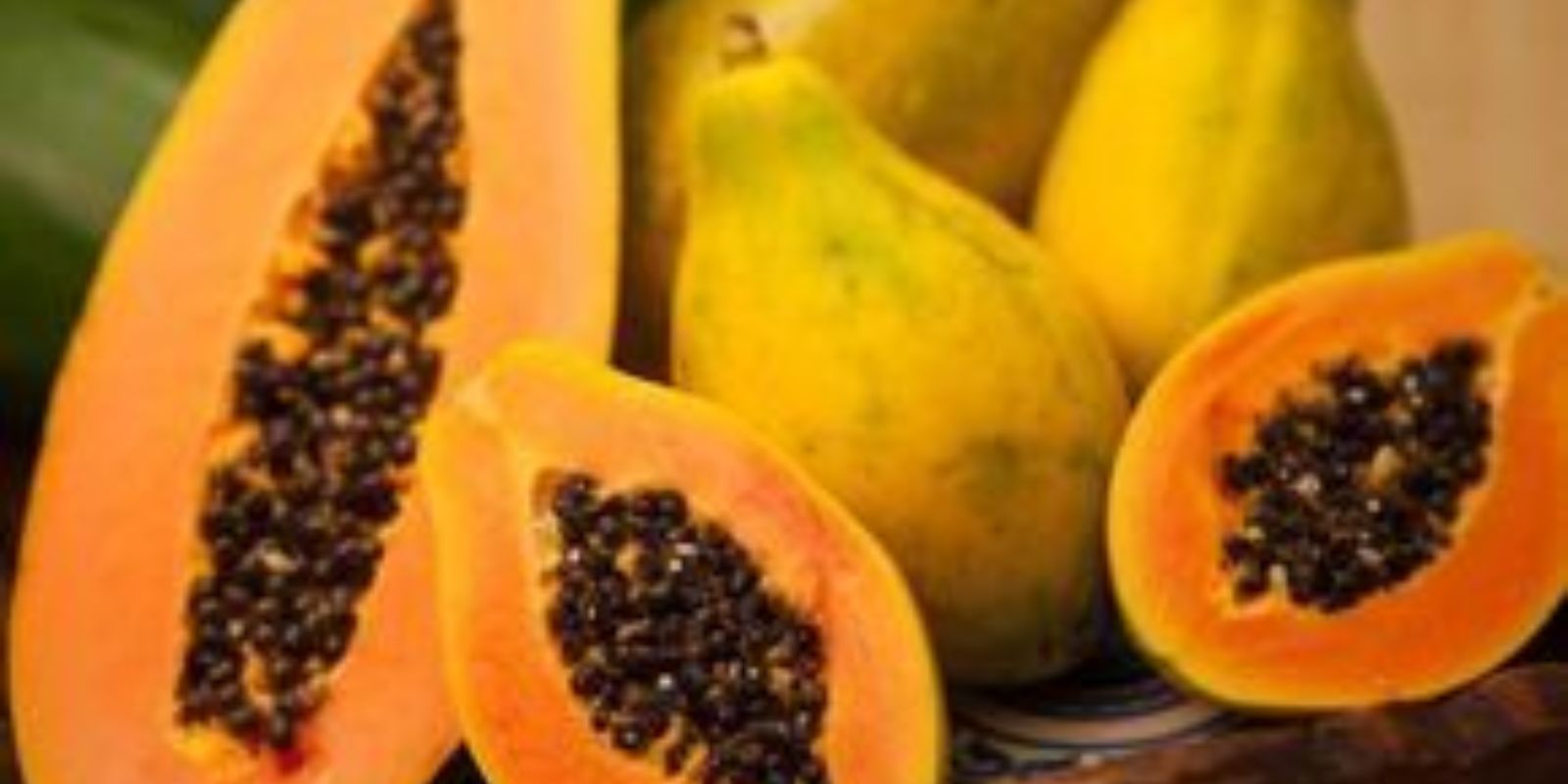Papaya, a tropical delight known for its sweet, juicy fruit and numerous health benefits, is surprisingly easy to grow at home, even in pots. Whether you lack garden space or simply want the convenience of having fresh papayas close at hand, growing them in containers is a practical solution. This guide will walk you through the essential steps to cultivate papaya in pots, ensuring a bountiful harvest.
Introduction to Growing Papaya in Pots
Papaya plants are fast-growing and can produce fruit within six to nine months under ideal conditions. These plants thrive in warm climates and need plenty of sunlight, making them perfect candidates for container gardening. By following the right techniques, you can enjoy fresh, homegrown papayas even if you have limited space.
Step-by-Step Guide to Growing Papaya in Pots
- Choosing the Right Pot:
- Papayas need plenty of room to grow, so choose a large pot with a minimum capacity of 20 gallons (approximately 75 liters). The pot should have good drainage to prevent waterlogging, which can cause root rot.
- Opt for materials like plastic or ceramic, which retain moisture better than terracotta. Ensure the pot has multiple drainage holes at the bottom.
- Soil Preparation:
- Papayas prefer well-draining, rich, loamy soil. A mix of garden soil, compost, and sand in equal parts works well. The soil should be slightly acidic to neutral, with a pH between 5.5 and 7.0.
- Adding organic matter like well-rotted manure or compost improves soil fertility and structure, providing essential nutrients for the plant’s growth.
- Planting the Seeds:
- You can start with fresh papaya seeds from a ripe fruit. Clean the seeds and allow them to dry for a few days. Soak the dried seeds in water for 24 hours before planting to enhance germination.
- Plant the seeds about 1/2 inch deep in the soil. Space them at least 3 inches apart if planting multiple seeds in one pot to ensure adequate room for growth.
- Cover the seeds lightly with soil and water gently. Keep the soil consistently moist but not waterlogged during the germination period, which typically takes one to three weeks.
- Watering:
- Papayas need consistent moisture, especially during the growing season. Water the plant thoroughly whenever the top inch of soil feels dry. However, avoid overwatering as papayas are prone to root rot.
- Ensure the pot has good drainage to prevent excess water from accumulating at the bottom. Mulching the soil surface can help retain moisture and reduce the frequency of watering.
- Sunlight:
- Papayas thrive in full sunlight and need at least 6-8 hours of direct sunlight daily. Place the pot in a sunny location, such as a south-facing balcony or patio.
- If growing indoors, position the pot near a window with ample sunlight or use grow lights to provide the necessary light intensity.
- Fertilizing:
- Feed the papaya plant with a balanced, water-soluble fertilizer every 2-3 weeks during the growing season. A fertilizer with an NPK ratio of 10-10-10 or 14-14-14 is suitable.
- Supplement the fertilizer with micronutrients like magnesium and calcium, which are essential for fruit development. Avoid over-fertilizing, as this can lead to excessive vegetative growth at the expense of fruit production.
- Pruning:
- Regular pruning helps manage the size of the papaya plant and encourages better fruiting. Remove any dead or damaged leaves and prune the plant to maintain a manageable height.
- Pruning also improves air circulation around the plant, reducing the risk of fungal diseases. Aim to keep the plant below 8 feet to make harvesting easier and support healthy growth.
- Pollination:
- Papayas can be either dioecious (separate male and female plants) or hermaphroditic (both male and female flowers on the same plant). Hermaphroditic plants are ideal for container gardening as they are self-pollinating.
- If you have dioecious plants, ensure you have both male and female plants nearby for cross-pollination. Hand pollination can also be done by transferring pollen from male flowers to female flowers using a small brush.
- Pest and Disease Management:
- Common pests include aphids, spider mites, and whiteflies. Monitor the plant regularly and use insecticidal soap or neem oil to control infestations.
- Fungal diseases like powdery mildew and root rot can be prevented by ensuring good air circulation, proper watering, and using well-draining soil. Remove affected leaves and apply fungicides if necessary.
- Harvesting:
- Papayas are ready to harvest when they turn from green to yellow-orange. The fruit should be slightly soft to the touch.
- Use a sharp knife to cut the fruit from the plant, leaving a small stem attached. Harvesting can continue for several months as the plant produces more fruit.
Tips for Maximizing Your Papaya Harvest
- Rotate the Pot: Rotate the pot every few weeks to ensure even exposure to sunlight and promote uniform growth.
- Support the Plant: As the plant grows taller, provide support by staking it to prevent it from toppling over, especially during windy conditions.
- Monitor Soil Moisture: Use a moisture meter to keep track of soil moisture levels and adjust watering frequency accordingly.
Conclusion
Growing papayas at home in pots is a rewarding experience that allows you to enjoy fresh, organic fruit right from your garden. By following these steps and providing the necessary care, you can achieve a bountiful harvest even in limited space. Share your papaya growing journey and any additional tips you have with fellow gardeners. Happy gardening and enjoy your delicious homegrown papayas! 🌱🍈
Share your experiences and photos of your papaya plants with us! We would love to see how your plants are thriving and hear any tips or stories you have about your growing journey.

